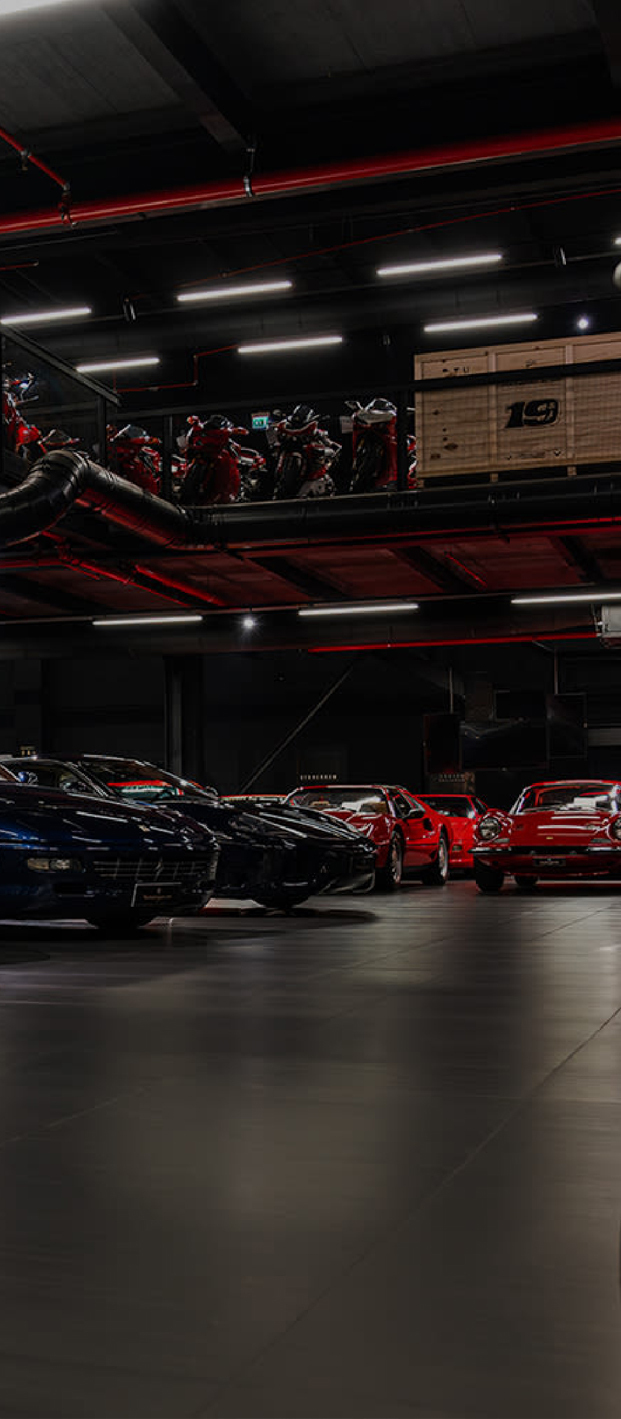Ducati 999: the mistreated of Borgo Panigale.
Saying that the Ducati 999 is the heir of the previous 916 is a statement that many years ago would have irritated the most radical and loyal Ducatisti. Historically the 999 was technically born after the end of production of the 916, a bike that was loved all over the world for its design and for the results that such a good mechanics had managed to bring home in the Superbike World Championship. In the early 2000s the 916 began to show its years, although the continuous evolution of the model managed to keep up with the competitors: there was the need for an idea, a new bike, in each sense. Ducati decided to entrust the project of the new superbike to the South African designer Pierre Terblanche, a well-known name in Borgo Panigale Headquarter, who put on paper one of the most ambitious designs up to that time, seen in Ducati.
On the shoulders of the 999 weighed all the responsibility to replace (and therefore also improve) what was named as the most beautiful bike in the world in those years.
After many months of studing, the new Borgo Panigale motorbike saw finally the light, and the reaction of the most traditionalists was unfortunately the one expected: the confused crowd wondered with a confused grimace what that long and thin object was, with an almost alien look, double arm swingarm, which had nothing to do with the beautiful Ducati 916. The new 999 was not recognized as an heir but was in all respects the representation of a revolution within the Ducati brand, together with an eye for tradition.
Because all Ducatisti are so romantic, under the new look of the Bolognese superbike beats the heart of the Ducati 998, the 90° L-twin with desmodromic distribution 4 valves per cylinder. But the clash between tradition and innovation appeared quite indigestible, so much so that the same designer Terblanche after years declared that he had "done badly with the Ducatisti", hoping that they were more open to change. The line is very tense, angular, and muscular, a concentration of unusual and original ideas and thoughts, with solutions too far from the object it replaced, much more linear and gentler in shapes.
Fortunately for the management, the Ducati 999 thought for itself to get everyone to agree and began to please the public by starting to reap victories in the SBK Championship. The exceptional work done by the technicians in the study of the bike led to a vehicle that was not appreciated for its aesthetic qualities, but that silenced everyone on the racetracks. The main reason why the bike was designed was to replace the 998 that raced in SBK, with great attention to the dynamic qualities and performance of the vehicle.
Between 2003 and 2008 the Ducati 999 won 55 races out of 120 in which it took part, 3 Riders' Championships and 3 Out of 5 Constructors' Championships, becoming the most successful Ducati that had ever been produced. After almost 20 years from this shocking test of superiority, the Ducati 999 is experiencing its 2nd youth, re-evaluated even by those who had initially despised, snubbed it. The unique design of the "triple nine" has aged very well, a bike made with a lot of love and dedication by Ducati, but that it was possible to perceive it only after two decades.
The right conclusion for the great misunderstood family of Borgo Panigale






































